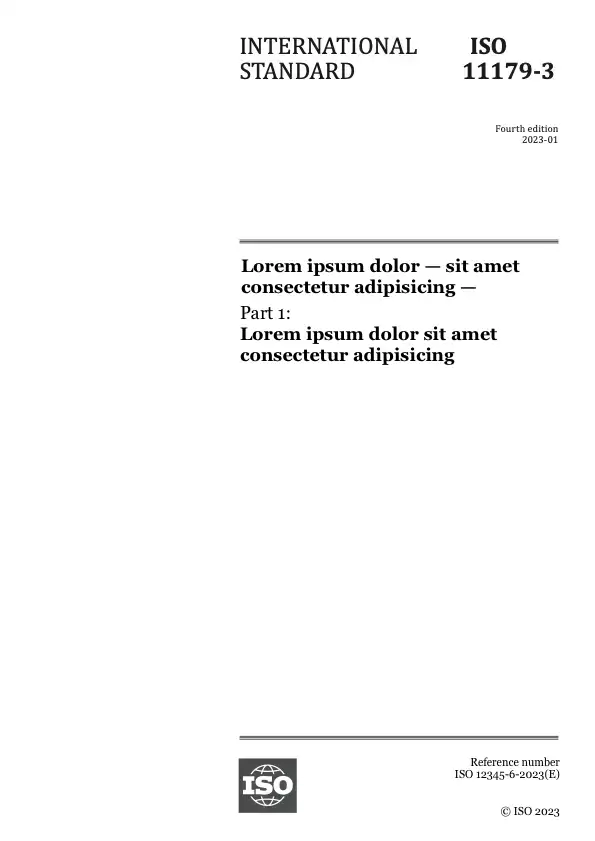Resumen
ISO/TR 26122:2008 provides guidance on work process analysis from the perspective of the creation, capture and control of records.
It identifies two types of analyses, namely
- functional analysis (decomposition of functions into processes), and
- sequential analysis (investigation of the flow of transactions).
Each analysis entails a preliminary review of context (i.e. mandate and regulatory environment) appropriate for the analysis. The components of the analysis can be undertaken in various combinations and in a different order from that described here, depending on the nature of the task, the scale of the project, and the purpose of the analysis. Guidance provided in the form of lists of questions/matters to be considered under each element of the analysis is also included.
ISO/TR 26122:2008 describes a practical application of the theory outlined in ISO 15489. As such, it is independent of technology (i.e. can be applied regardless of the technological environment), although it can be used to assess the adequacy of technical tools that support an organization's work processes.
ISO/TR 26122:2008 focuses on existing work processes rather than on facilitating "workflow" (i.e. the automation of a business process in whole or part, during which documents, information or tasks are passed from one participant to another for action, according to a set of procedural rules).
Preview
Informaciones generales
-
Estado: PublicadoFecha de publicación: 2008-06Etapa: Norma Internacional publicada [60.60]
-
Edición: 1Número de páginas: 15
-
Comité Técnico :ISO/TC 46/SC 11ICS :01.140.20
- RSS actualizaciones
Ciclo de vida
-
Ahora
-
00
Preliminar
-
10
Propuesta
-
20
Preparación
-
30
Comité
-
40
Consulta
-
50
Aprobación
-
60
Publicación
-
90
Revisión
-
95
Retirada
Correcciones / Modificaciones
PublicadoISO/TR 26122:2008/Cor 1:2009
-
00
Got a question?
Check out our FAQs
Opening hours:
Monday to Friday - 09:00-12:00, 14:00-17:00 (UTC+1)
